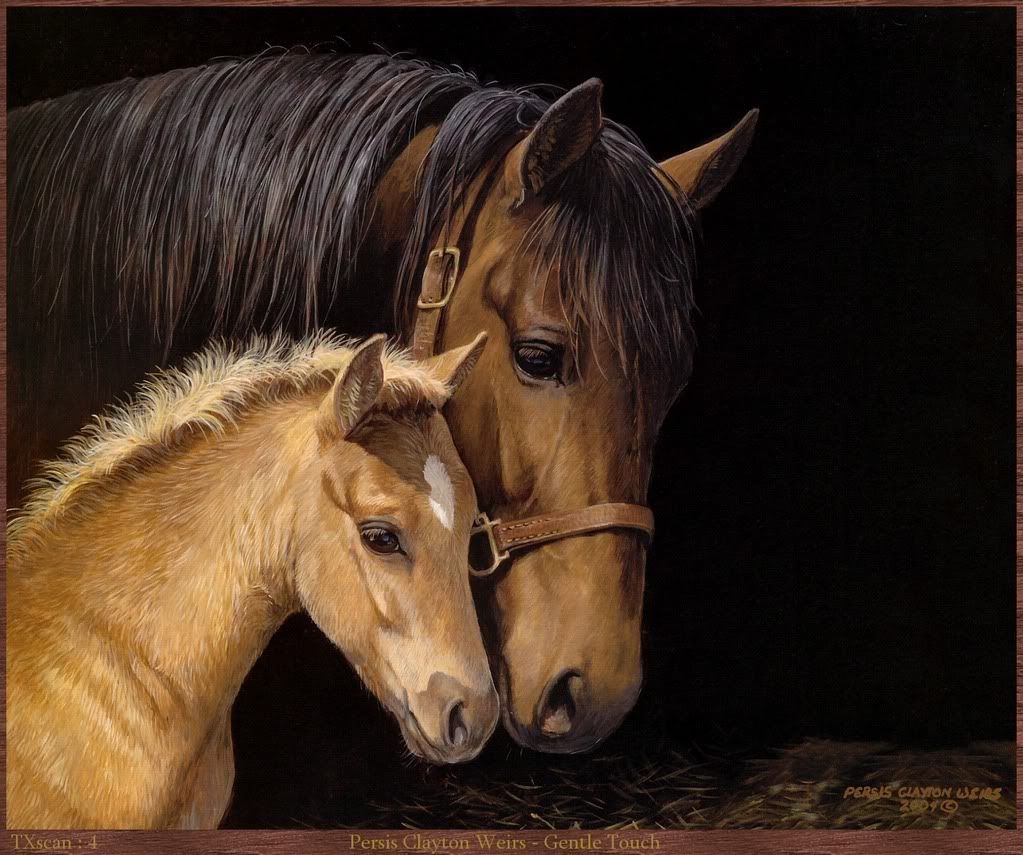When approaching your horse with the saddle pad, keep the pad down low to introduce it to the horse. The proper position is about one foot in front of the shoulder, with a small amount of slack in the rope. The saddle pad relaxes the horse. Once relaxed your ready to put the saddle on. Approach horse with saddle while watching the horse. If the horse is still relaxed then you may get closer. Pet the horse and let it know you are there. Grasp your saddle with your left hand on the pommel and the cantle with your right. Then swing the saddle around to place on the horse. Then you put all the straps together and ride.



